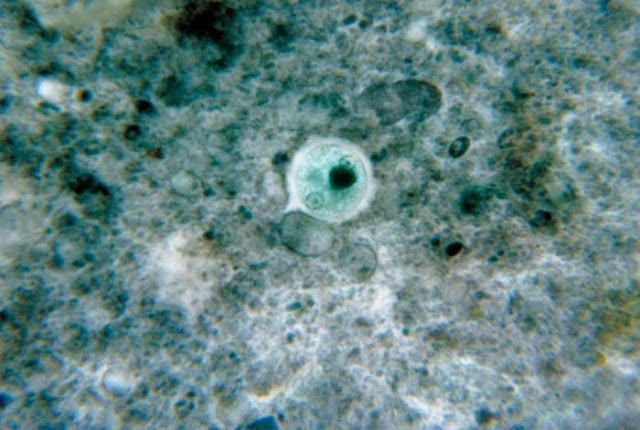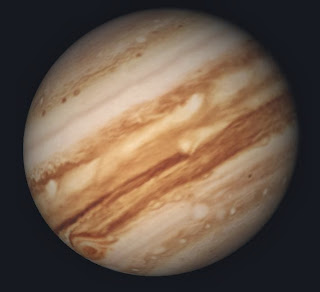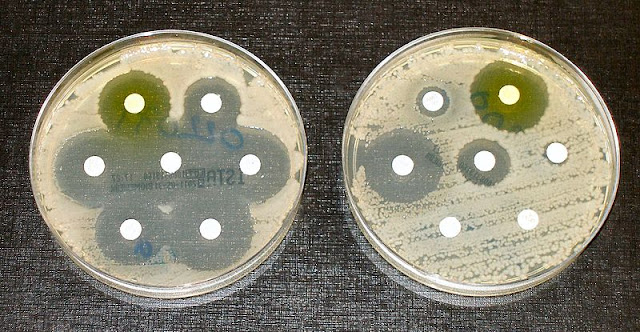Back in August we announced that we intended to break our usual cycle of one post every 1-2 weeks, and post
an article every day during World Space Week (Oct 4-10). To make this possible, we invited people to send us their articles, with the promise we'd publish the best.
Throughout September, we received some truly great articles by a variety of authors around of the world, of various ages and backgrounds. So we're happy to reveal our schedule for the next week:
Tomorrow, we welcome back Andrew Rushby (University of East Anglia), who has been posting a series of
articles about planets orbiting other stars throughout the year. We kick off our World Space Week with the final post of his series which asks: "
Are Exoplanets Habitable?"
On Saturday, Adam Stevens (Open University) brings us back to our own solar system, and asks "
Why are the planets so different?"
On Sunday, we start a journey through the solar system to look in more detail at these varied planets we call neighbours. Emily Coyte (University of Bristol) takes us close to the Sun, with "
Messages from Mercury".
On Monday, Lorinda Dajose (California Institute of Technology) takes us "
Breaking out of the Habitable Zone" and looking for signs of life out at Jupiter's icy moon Europa.
On Tuesday, just in time for the Juno spacecraft's flyby of the Earth on Wednesday, 16-year old Irish space blogger Cian O'Regan explains why Juno is being sent to investigate the giant planet Jupiter, and why arriving back at the Earth still counts as "
half way there".
On Wednesday, freelance writer Peter Ray Allison takes us all the out to frigid edges of our solar system, and delves into "
Pluto's New Horizons".
On Thursday, we finish off by welcoming back Cait Percy (University of Southampton) who explains the treacherous and
mysterious nature of space weather.





.jpg)





















